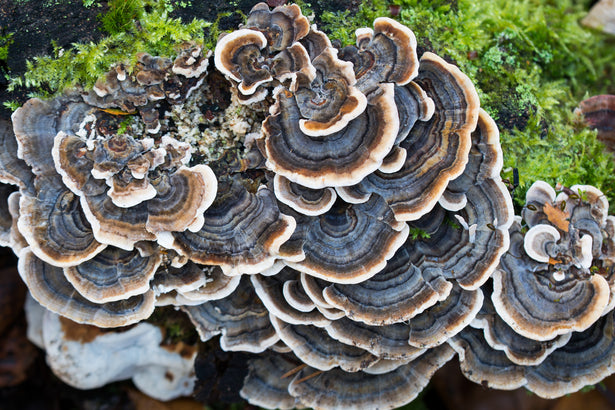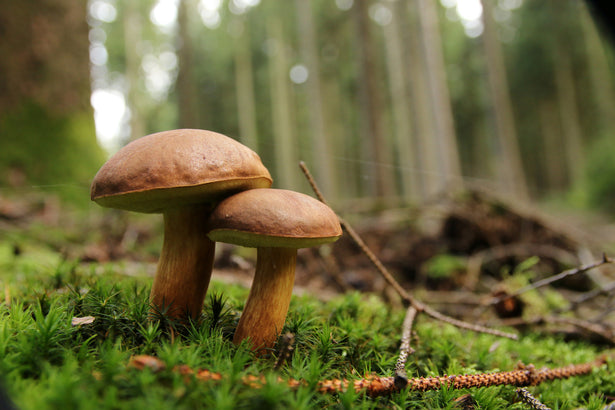What a funny name for a mushroom! With its white hair akin to a waterfall made up of a multitude of prickles, the lion's mane has everything to do with a lion's mane. Eating it may give you some of the strength of this royal animal: whether you cook it or ingest it as a supplement, the lion's mane is beneficial for cognitive and digestive health. We will explain how and why to prepare it in order to take full benefits of it!
Where does this creamy white, egg-shaped mushroom come from? Although it has been used in China since the Han Dynasty as a treatment for stomach ailments and memory problems, Hericium erinaceus is native to North America, Europe and Asia. The elegant mushroom takes root on the stumps of oaks, beeches and maples and shows its nose between late summer and fall. For those with sensitive noses, please note that in the wild, it smells like curdled milk!
Why use it: its virtues
The mushroom is rich in two small molecules: the hericenones and the erinacins, which have the particularity of being able to pass the blood-brain barrier. According to a Malaysian study, they help to reduce the degeneration of neurons. The lion's mane could therefore become an important element in the treatment of neurodegenerative diseases such as Alzheimer's and Parkinson's. The mushroom seems to have a beneficial effect on memory, concentration and depressive disorders and several studies are being conducted to better understand its properties.
In addition to being a friend of our brain, Hericium erinaceus is rich in trace elements and minerals: zinc, phosphorus, selenium, iron, potassium and germanium. It also has a beneficial effect on our metabolism and our immune system in general thanks to the action of its beta-glucans (polysaccharides).
You should also know that what made the reputation of this mushroom in China a few thousand years ago is still relevant today. Indeed, with the presence of 5 saponins - molecules known for their anti-inflammatory properties - the mushroom could relieve intestinal and digestive disorders. Taking the lion's mane would reduce the appearance of chronic gastritis and stomach ulcers by protecting the mucous membranes from certain bacteria such as Helicobacter pylori.
How to consume the Lion's mane?
This mushroom would have a taste oscillating between that of the lobster and that of the seafood. To make your own idea, browse the shelves of your Asian grocery store in search of its fresh or dried flesh. In this form, it can be eaten in soup. When fresh, they can be incorporated into soups, gratins or cooked in a pan.
On the mycology side, it is available in powder or capsules to be taken as a food supplement. It can also be consumed in the form of a mother tincture which is diluted in water. If you wish to mix mycology and gastronomy, the lion's mane is available in our range of coffee "Spark" and "Décaf".
A culinary recipe: Espresso lemonade

With the warm weather coming, here is a refreshing recipe that is just as atypical as the Lion's mane.
Ingredients needed:
-
1 cup sparkling water
-
Juice of one freshly squeezed lemon
-
A few ice cubes
-
1 cup of your cold brew Spark coffee
-
1 ounce of coffee syrup
-
One or two lemon slices for garnish
-
1/2 cup of cane sugar (optional)
Homemade Spark Coffee Syrup Recipe:
Add your cold coffee and powdered sugar to a hot saucepan and reduce over low heat until slightly syrupy. Let cool.
Tip: Don't throw away your leftover coffee, put it in the fridge and reuse it for your syrup!
Now you can prepare your espresso lemonade:
Step 1: Take your favorite water glass and put some ice cubes in it.Step Two: Stir in your coffee syrup.
Step Three: Pour your sparkling water and lemon juice over the ice.
Step Four: Stir it all together.
Step 5: Add the lemon slices and enjoy










